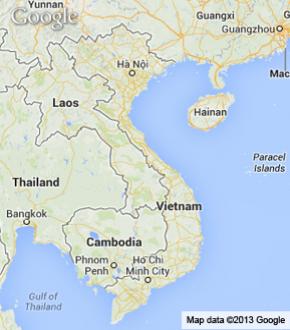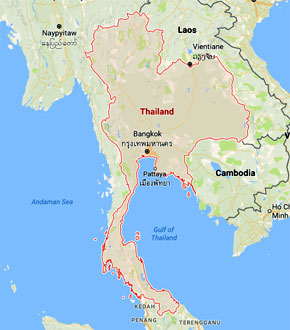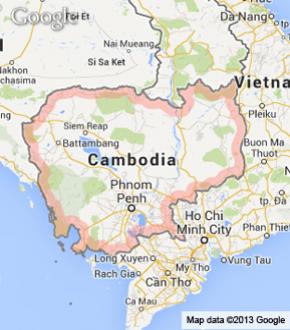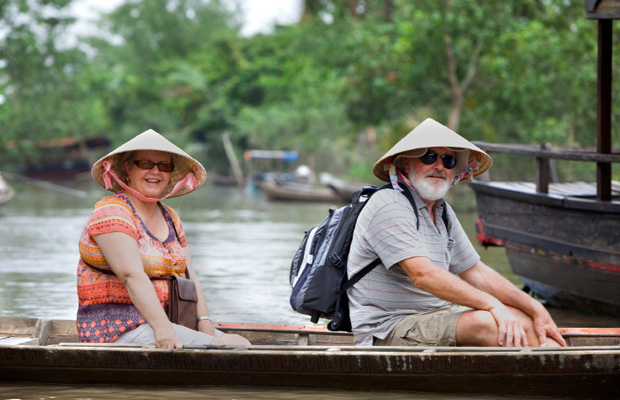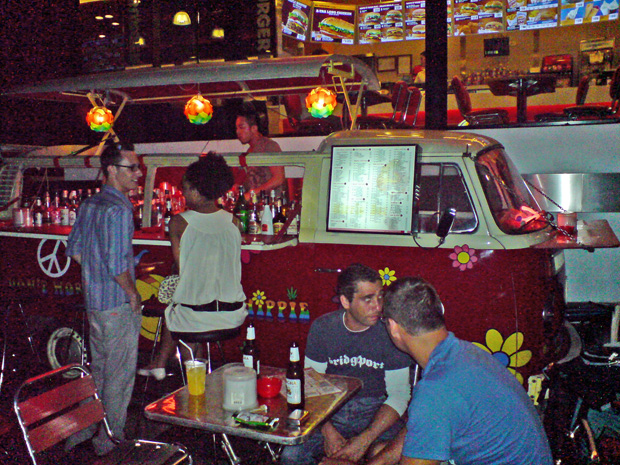Throughout the whole region of Southeast Asia, traditional costumes have remained strongly represented in their respective countries. Whilst all seem to have some similarities, there are distinctive difference that single each out. As the region moves into the modern world and becomes more and more Westernised, it is remarkable that they remain so strongly represented, but they do. Whilst traditional costumes are worn by both men and women, it is certainly the women who are more prone to keeping up with tradition and wearing them. In some parts they are used mainly for ceremonial reasons, but in others they are worn daily as part of everyday clothing. This is probably no stronger than in Vietnam.
The Vietnamese Ao Dai
Pronounced Ow Yai this is arguably the most elegant of all Southeast Asian tradition dress. It certainly lends itself well to everyday fashion. A long often patterned silk dress, is split at both side to above the waist and is worn over plain silk trousers. The Ao Dai is more often than not, brightly coloured and beautifully made. The dress has changed over the centuries but it has remained much of its original look. originally it would have been made in five panels, but the French influence here is self evident. Inspired by Paris fashion in the 1920s A more modern look was promoted by fashion magazines and the dress became what it is today. It is the epitome of elegance, style and sexuality, whilst remaining totally respectful. One old Vietnamese saying sums it up perfectly, “The Ao Dai covers everything, but hides nothing”. Of course Vietnam’s 54 ethnic minority groups all have their own traditional costumes.
Thailand’s Traditional Costumes
Thailand’s national dress has various different elements. All seem to fit within the same style but there are several different items of clothing. The main basis is the The Pha Nung. It is a beautiful, often highly decorated, costume and again, although Thailand’s national costume is described as Asian tradition dress, it has its origins in fairly recent history. The Pha Nung is two piece costume. The upper body wrap finishes over one shoulder. The lower is worn as a long skirt but is again a wrap. The midriff is often left bare. Sometimes the top is accompanied by a Chong Kraben, which resembles pants rather than the skirt. There are many other takes on this basic design. They are all elegant for both men and women, but are mainly used for purely ceremonial events, such as weddings. It is though quite normal to see young women working in banks and the like, wearing a uniform that is obviously based around it.
Cambodia, the Sampot
The traditional Cambodian dress is called the Sampot. It consists for women as a long skirt with a fold or pleat in the front. Some Sampot styles resemble trousers more than a skirt. It is worn with a modest shirt or blouse. More often than not the Skirt is the more decorative part of the costume. On special occasions women will be seen wearing a Sampot that matches the traditional colour for that day. The style for Cambodian men is very similar. They typically wear cotton or silk shirts with short or long sleeves, this sits over the Sampot, under which they wear cotton trousers.
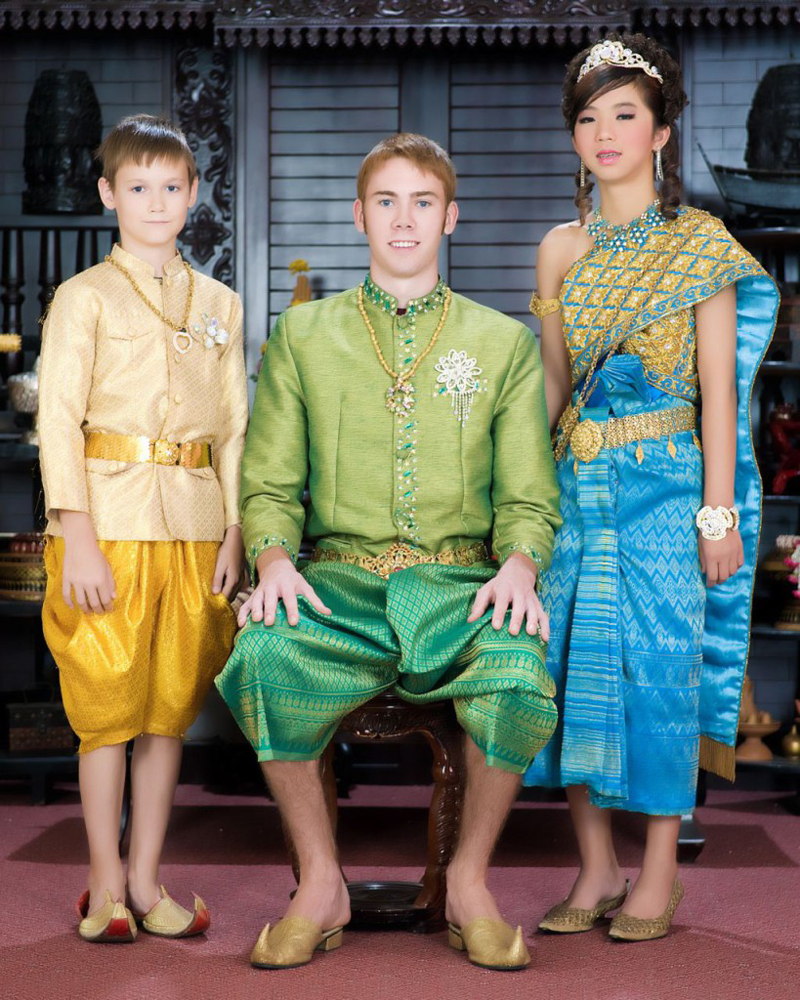
Indonesia: The Batik and the Kebaya
Indonesia’s story is of course a bit more complicated. Today, though, the most widely recognised Indonesian national costumes are the Batik and the Kebaya. Batik is the name of the cloth, which is a wax dyed material, a large wrap is used to make up the costume. It was preserved by UNESCO in 2209 when they designated it as a “Masterpiece of the Oral and Intangible Heritage of Humanity” Kebaya is actually more accurately described as the traditional dress of the Javanese, Sundanese and Balinese people. As the capital city Jakarta is on the Island of Java, it is only natural that this has grown in importance, throughout the region. The Kebaya is an delicately woven blouse normal of great intricacy worn over various different items of clothing depending on the occasion.
Malaysia’s Baju Melayu and Baju Kurung
Theses are the national costumes for men and women respectively. They are worn by both sexes especially for celebrations or festivals. The men’s Baju Melayu translates simply as Malay shirt and is a simple long sleeved shirt, the Baju, which has a raised collar known as the Cekak Musang collar. This translates literally as fox’s lease. Long trousers made from the same material completes the ensemble.
Malaysian women as you would expect in a Muslim country wear a rather demure costume. The Baju Kurung translates as “enclosed dress. Originally it was longer and looser than the current version. There are two popular versions of the costume. The Baju Kurung Teluk Belanga style has no collar, the neckline being stitched in a style known as Tulang Belut which means eel bones. The Baju Kurung Cekak Musang has a collar.
There are cross overs between some of Southeast Asia’s traditional Dress. Singapore for example does not have its own traditional dress per se, but borrows from the other cultures. The Malaysian national dress is also the same as Brunei. The region is rich in cultural differences, and more than a few cultural similarities. The national costumes it would seem are safe for a long time to come, such are their popularity.


